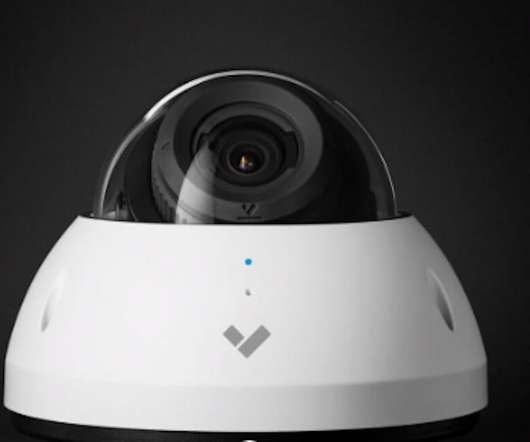Interview with Dr. Arun Vishwanath on the Latest Cybersecurity Attacks
CyberSecurity Insiders
JUNE 3, 2021
This breach, like every major ransomware attack, was likely because of spear phishing, where someone either received the malware via an emailed attachment or clicked on a link that took them to a website that hosted it. It triangulates my work and underscores its validity for solving the problem of spear phishing.












Let's personalize your content